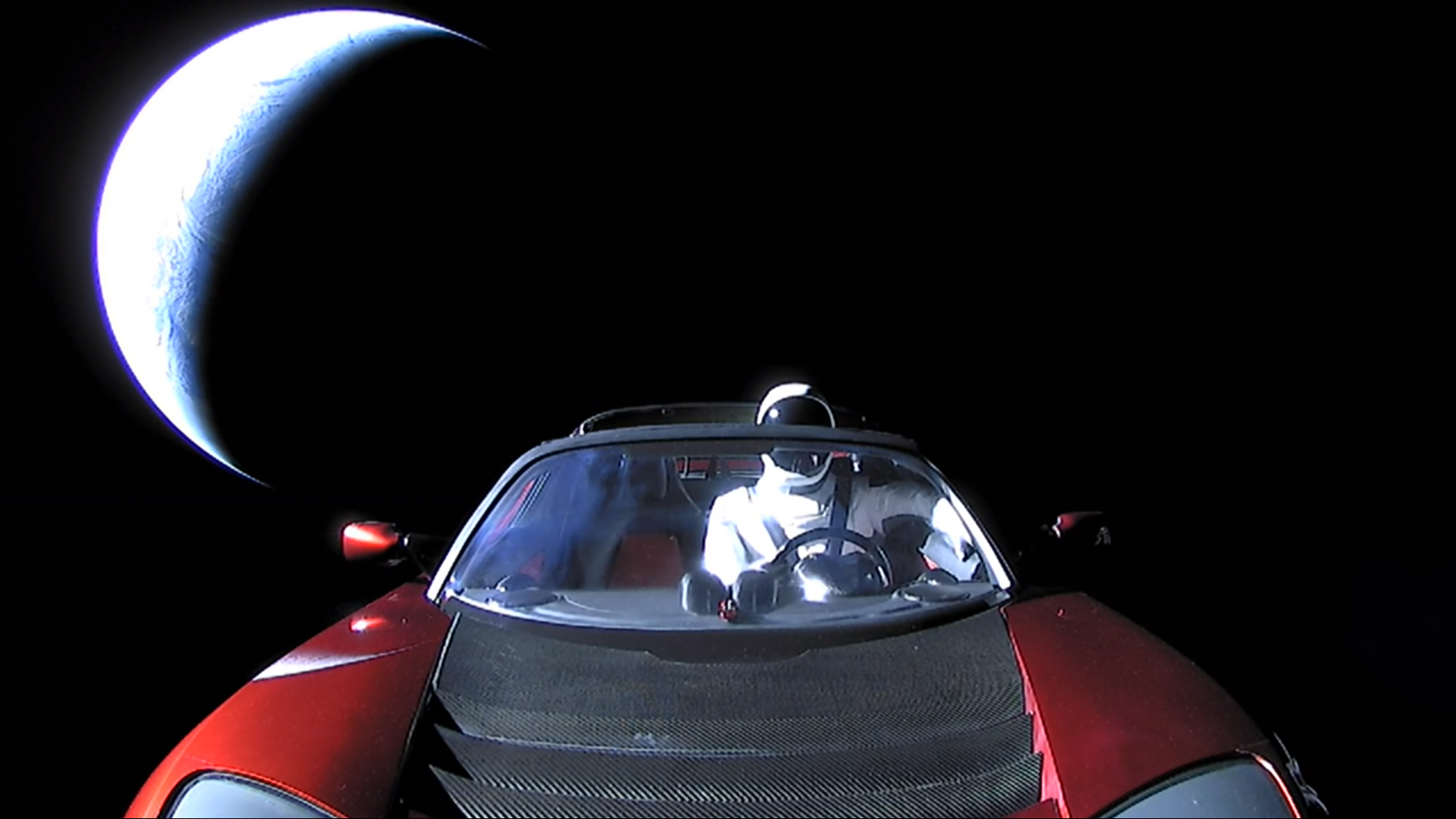FEBRUARY 2, 1106: Sky-watchers around the world see a brilliant comet during the daytime hours. In subsequent days it becomes visible in the evening sky, initially very bright with an extremely long tail, and although it faded rapidly it remained visible until mid-March. The available information is not enough to allow a valid orbit calculation, but it is widely believed to have been a Kreutz sungrazer; moreover; it possibly was the progenitor of the Great Comet of 1882 and Comet Ikeya-Seki 1965f. Both of these comets are future “Comets of the Week,” and Kreutz sungrazers as a group will be discussed in a future “Special Topics” presentation.
FEBRUARY 2, 1970: I make my very first comet observation, of Comet Tago-Sato-Kosaka 1969g, at that time a 5th-magnitude object in Aries. This was also the first comet ever to be observed from space, and it is this week’s “Comet of the Week.” The observations from space are discussed in this week’s “Special Topics” presentation.
FEBRUARY 2, 2006: UCLA astronomer Franck Marchis and his colleagues announce that the binary Trojan asteroid (617) Patroclus has an average density less than that of water, suggesting that it – and presumably many other Trojan asteroids – are made up primarily of water and thus may be extinct cometary nuclei. Trojan asteroids are discussed in a future “Special Topics” presentation.
FEBRUARY 2, 2020: The main-belt asteroid (894) Erda will occult the 7th-magnitude star HD 29376 in Taurus. The predicted path of the occultation passes over open waters of the western Indian Ocean, north central India (just south of Mumbai), central Nepal, eastern Tibet, and west-central China.
FEBRUARY 3, 1661: The Polish astronomer Johannes Hevelius spots a bright comet in the morning sky. This comet is now known to be a previous return of Comet Ikeya–Zhang which was discovered in 2002, and is currently the longest-period comet to have been seen on two returns. Comet 153P/Ikeya-Zhang is a future “Comet of the Week.”
FEBRUARY 3, 2020: The main-belt asteroid (19306) Voves will occult the 7th-magnitude star HD 147119 in Scorpius. The predicted path of the occultation crosses south-central Australia from northwest to southeast and the northwestern shore of New Zealand’s South Island.
FEBRUARY 6, 1943: Comet Whipple-Fedtke–Tevzadze 1942g passes through perihelion at a heliocentric distance of 1.354 AU. Although it did not become especially bright, it was nevertheless easy to see with the unaided eye and is a future “Comet of the Week.”

FEBRUARY 6, 2018: The private rocket company Space Exploration Technologies, or SpaceX, successfully launches its Falcon Heavy heavy-lift rocket from Cape Canaveral, Florida. The Falcon Heavy’s payload was SpaceX founder Elon Musk’s Tesla Roadster, which became an artificial Apollo-type asteroid with an orbital period of 1.52 years, a perihelion distance of 0.99 AU, and an orbital eccentricity of 0.26.
FEBRUARY 6, 2018: Spanish astronomers Carlos and Raul de la Fuente Marcos publish a paper in the Monthly Notices of the Royal Astronomical Society which discusses, among other things, how the passage of a recently-discovered nearby star (WISE 0720-0846, unofficially known as “Scholz’s Star”) through the Oort Cloud 70,000 years ago disturbed the cometary population there and may create a future shower of long-period comets in the inner solar system. This subject will be treated in more detail in a future “Special Topics” presentation.
FEBRUARY 7, 1999: NASA’s Stardust mission is launched from Cape Canaveral, Florida. After passing by the main-belt asteroid (5535) Annefrank in November 2002 Stardust flew through the coma of Comet 81P/Wild 2 in January 2004, collecting material samples in the process. After returning these samples to Earth in January 2006 Stardust flew on to an encounter with Comet 9P/Tempel 1 in February 2011. Comet 81P/Wild 2 was the Week One “Comet of the Week” and some of the Stardust results were discussed there.
FEBRUARY 7, 2020: The main-belt asteroid (1714) Sy will occult the 7th-magnitude star HD 88315 in Sextans. The predicted path of the occultation crosses south-central Canada from southeast to northwest, far southern Alaska, and southeastern Siberia.
FEBRUARY 7, 2036: The Apollo-type asteroid (2101) Adonis will pass 0.036 AU from Earth. Adonis, the second-known Apollo-type asteroid, was discovered in 1936 but subsequently lost until recovered in 1977; it was discussed in a previous “Special Topics” presentation.
FEBRUARY 8, 1969: A bright meteor passes over the Mexican State of Chihuahua and falls to Earth near the village of Pueblito de Allende. Over two tons of meteorite fragments have since been recovered. The Allende meteorite is the largest known example of a carbonaceous chondrite, and has been called “the best-studied meteorite in history.” Carbonaceous chondrites are the subject of a future “Special Topics” presentation.
More from Week 6:
Comet of the Week Special Topic Bonus Content Free PDF Download Glossary
Ice and Stone 2020 Home Page


